Test review of Haida Red-diamond soft GND 1.2
& Haida M10 round "drop-in" CPL+ND 1.8 combi
Photographer: Jenny Cameron
Introduction
Welcome to my test review of the Haida round “drop-in” Circular Polarizer and Neutral Density 1.8 (6 stop) combination filter and Haida Red-diamond soft graduated neutral density 1.2 (4 stops).
If you enjoy landscape photography I cannot stress the importance of investing in a good quality set of filters. I'm well aware of what it feels like having a restrictive budget and fears of making the wrong decisions buying new gear. This is where I hope I can help by providing my hand on heart honest opinion. Haida is not the cheapest filters on the market but by no means the most expensive for the optical quality achieved, you really do get a lot of bang for your buck! We all strive to buy the best lenses so why scrimp on a cheap filter and ruin optical quality, it makes no sense to me.
Haida M10 round "drop-in" CPL+ND 1.8 (6 stop)
When Haida offered me the opportunity to test their M10 combination-filter with built-in light barrier I was intrigued, to say the least, questioning myself what the downfalls if any would be. Whilst stacking filters can work and something I do regular, however, this practice is not optimal for a couple of reasons;
1. Forcing light to traverse through more elements, therefore more likely to get slightly refracted, possibly resulting in softness or even chromatic aberration.
2. Increased risk of light flares.
The more I thought about it the more I couldn't wait. Initially, I planned waterfalls for this particular test. Although I could see it being very useful after a midday rainstorm which happens a lot here in Scotland when the sun bursts out it's great to slow down the exposure a wee bit and allow the filter to do the work. Rainfall hasn't been great the past few days so I headed to the beach at sunrise instead.
Inserting the filter into the Haida M10 filter holder is incredibly fast, it simply drops between the holder and lens creating a perfect seal from any stray light. Oftentimes in the past, I've struggled with the issue of light leakage and had to resort to putting hats or cloths over the gap between filter and lens, not an ideal situation unlike any of the Haida M10 round "drop-in" filters such as this combi filter which have a built-in light-barrier.
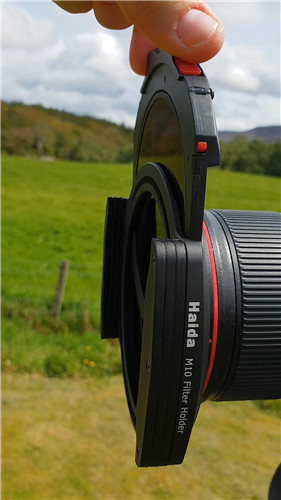
Inserting filter into the rear of M10 filter holder
This is an ND 1.8 filter meaning it will lose six stops of light. But don't forget it has the added CPL which generally lose between 1-2 stops of light, collectively this will provide a total of almost eight stops. For me personally, I like a six-stop ND for moving water as it doesn't blur everything to oblivion like say a ten stop would. A six stop shows slight movement which I prefer to portray. A neutral density filter should be exactly what the name suggests "neutral" in every which way and let me tell you all the Haida NDs I've ever tested are all neutral, no crazy colored undertones, no vignetting and no loss of sharpness from corner to corner. What you see is what you get.
If you're not wanting the polarising effect you can simply rotate the small dial (three gear linkage design ) on the mount independently, very smoothly to reduce or completely remove depending on the scenario of the scene. Once you start turning, you'll instantly see the polarisation intensify on your live view screen. I tend to always rotate a CPL 360 degrees first to check the availability of contrast, saturation, and reflection. The strongest effect takes place at an angle of 90 degrees from the sun, ie make sure your line of sight is perpendicular to the direction of the sun. The filter is easily removed or exchanged by gently squeezing the red plastic tabs on the top and lifting it out without disturbing your composition. The choice is all yours and easily very adjustable.
Image of raw file with a filter on, zoomed in 100% in Lightroom to demonstrate maximum sharpness of the rocks. It's clear to see the quality is second to none, excellent detail even in the darkest of shadows at blue hour.
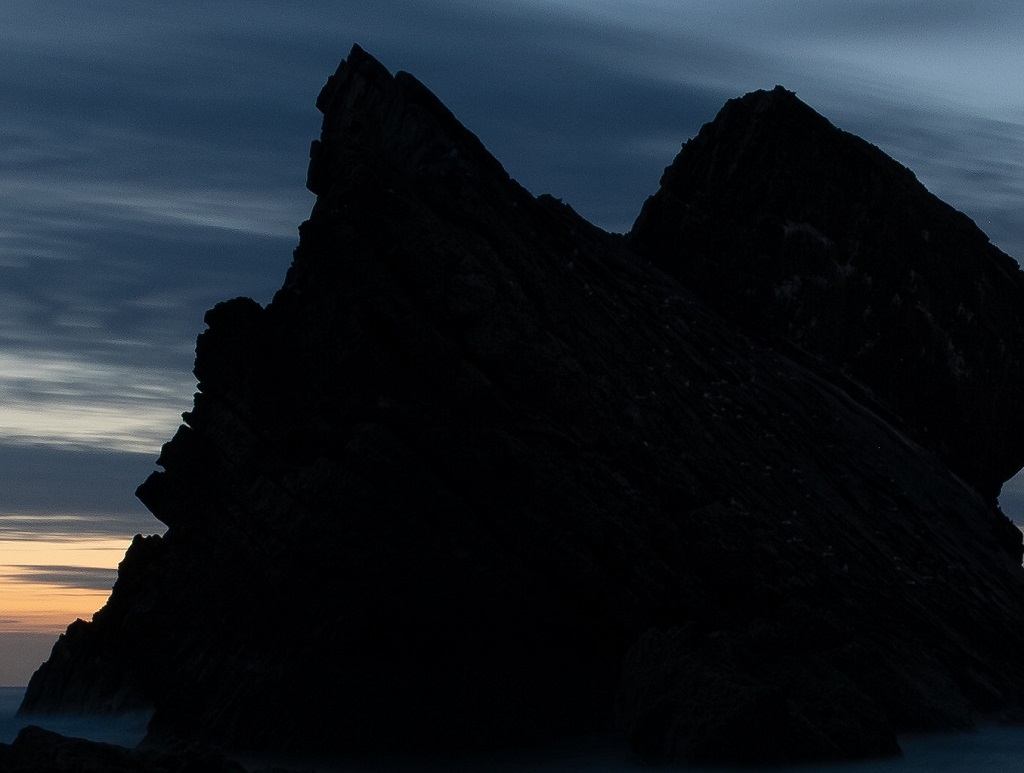
For this very demanding scene above with the bright sunrise and dark foreground, you need the best support from your gear. Let me tell you this filter made my job very easy, provided excellent control over the whole dynamic range, ultimate sharpness, no color cast or vignette, and really made me smile. Constructed from high quality optical glass the same as the Red Diamond series, each filter has ten layers of anti-reflective coatings, shock-proof and scratch-proof, provides the best clarity, includes the famous nano multi-coating to reduce reflection, waterproof (meaning any droplets of water literally roll off like beads, no ugly smears) and the dreaded fingerprints wipe off easily with a soft microfibre cloth.
The M10 round "drop-in" filters are available in a selection of: ND 0.9, 1.8 3.0, 4; CPL; Clear-night; GND-0.9 1.2; ND+CPL 0.9 and 1.8.
Images below-showing straight-out-of-camera (Canon 5d mark iv and Canon 16-35mm USM L Lens) @19mm -With-without-M10 round "drop-in" CPL+ND 1.8 combi. No post processing on either, other than lens correction in Lightroom.
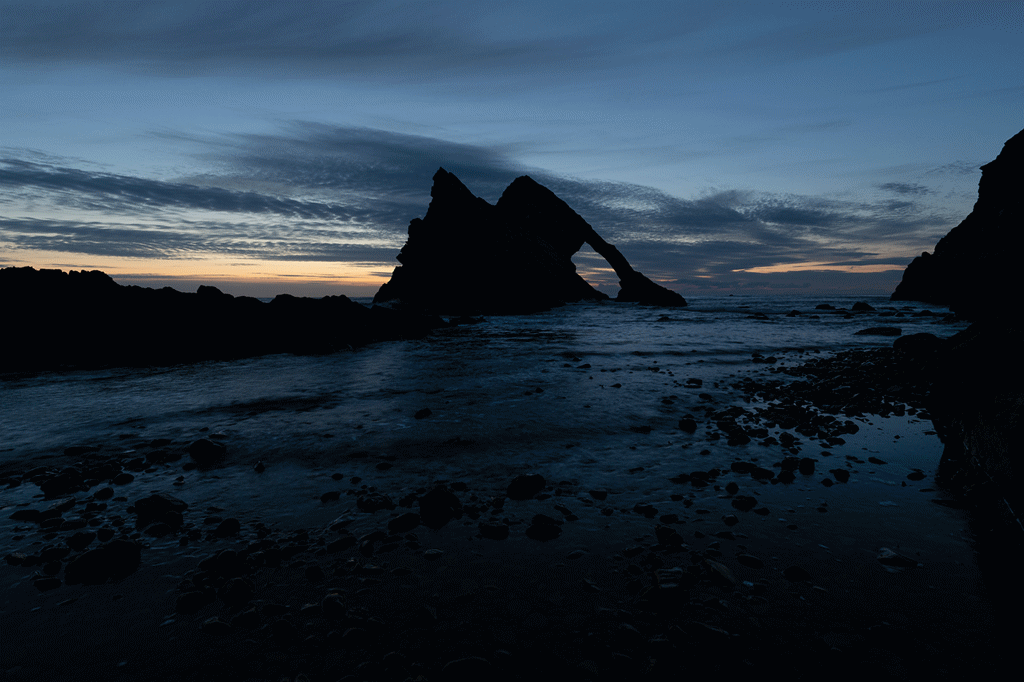
Without filter = ISO 100, F14, 0.6 sec – With Haida M10 round “drop-in” CPL+ND 1.8 combination. = ISO 100, F14, 30 seconds @19mm
Finally post-processed in Adobe Creative Cloud
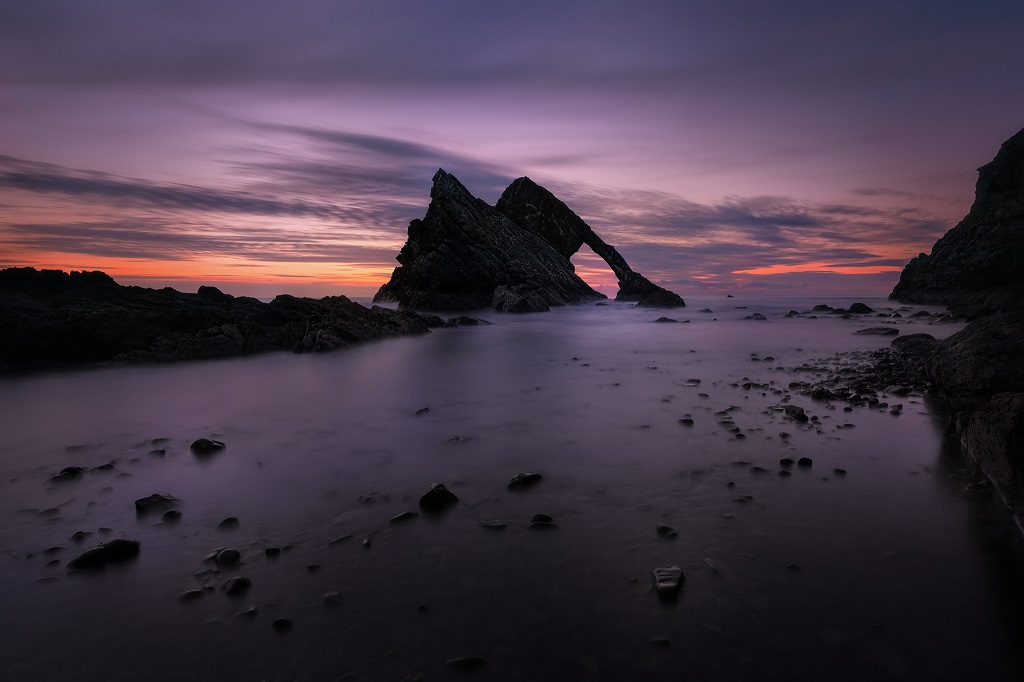
M10 round “drop-in” CPL+ND 1.8 combi
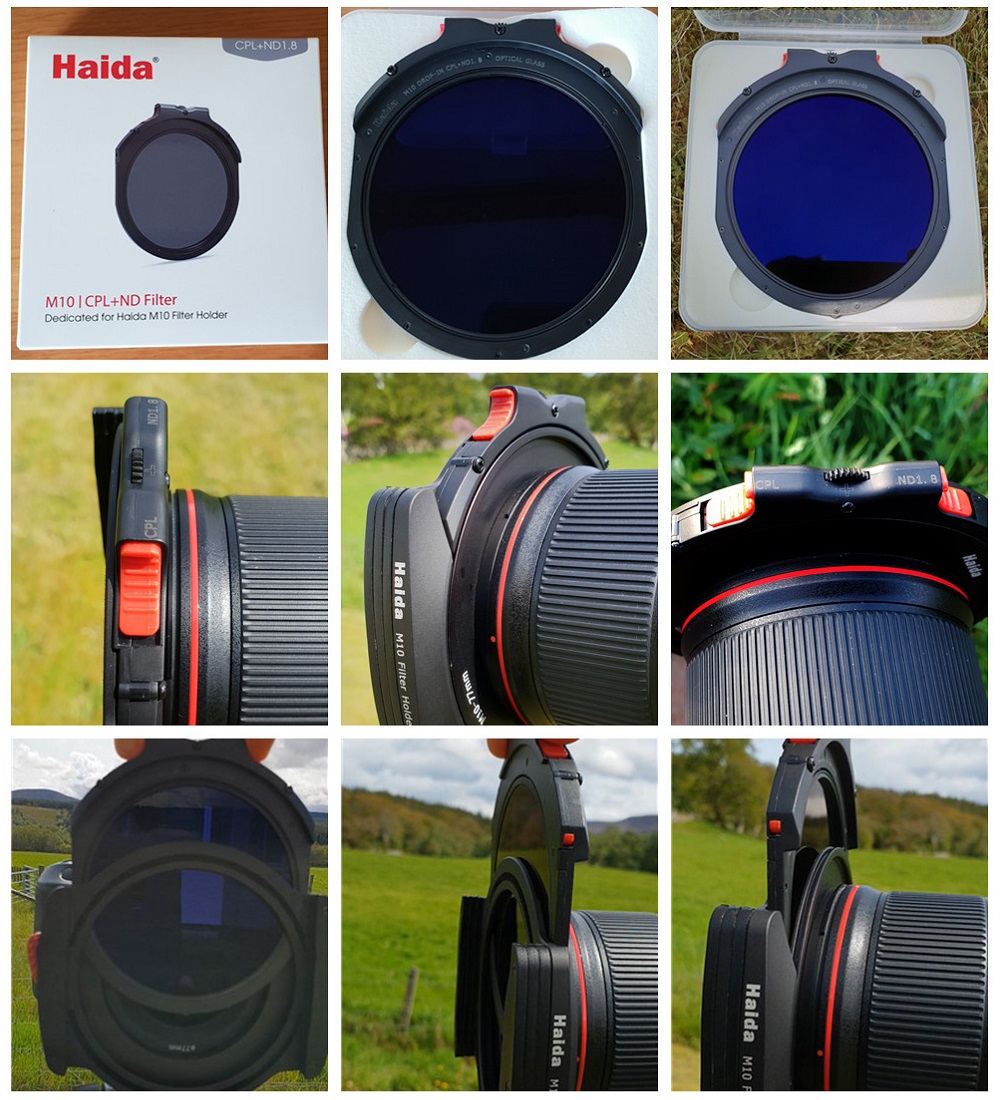
Haida Red-diamond soft GND 1.2 (4 stops)
Earlier this year I tested the Haida Red-diamond medium 0.9 (3 stops) read the review which totally stole my heart since then it's rarely been off my lens and I can’t wait to tell everyone how thrilled I am in using it. My love affair with this series only intensified, I had to try the Red-diamond soft graduated neutral density 1.2 (GND 4 stops) filter. Packed my kit and off I went to Aberdeen for sunrise to see how the soft grad stood up to the medium and let me tell you I was not disappointed.
The main purpose of a GND filter is to balance exposure in an image that contains a bright sky and darker foreground. As you can see from the photos below this filter is a rectangle in shape and sized 100mm x 150mm, providing flexibility to move the filter up or down within the filter holder for ultimate control. Providing such a beautiful soft progression from dark at the top where you would place over the sky to clear at the bottom in a neutral manner and achieving endless creative possibilities.
What makes this series stand out from its predecessor and other brand filters are listed as follows:
-Shock resistant, low risk to any accidental damage.
-Scratch resistant, the perfect partner in demanding weather.
-Zero color cast.
-Waterproof, oil and fingerprint proof Nanopro coated surface.
-Improved optical glass.
-R5 rounded corners – make it easier to slide in and out of the filter holder, no sharp corners.
-K9 optical glass.
-True color.
-Ultra-thin nano multi-coating.
-Easy to clean.
-Double the strength of other glass filters whilst at the same time retaining ultimate sharpness.
-Still retaining 2 mm in thickness making it compatible with the Haida 100-Pro filter holder and other brands the same size.
-The Red Diamond series is double the strength of a normal glass filter. You may have seen online the Haida Red Diamond drop test video? Where it's thrown onto a concrete floor and no sign of damage to the filter. If you are accident prone this would be the perfect filter series for you.
Images below-showing straight-out-of-camera (Canon 5d mark iv and Canon 16-35mm USM L Lens) @35mm with no filter and with Haida Red-diamond soft GND 1.2 (4 stops). No post processing on either other than lens correction in Lightroom. As you can see the soft GND significantly transforms the quality of the image.
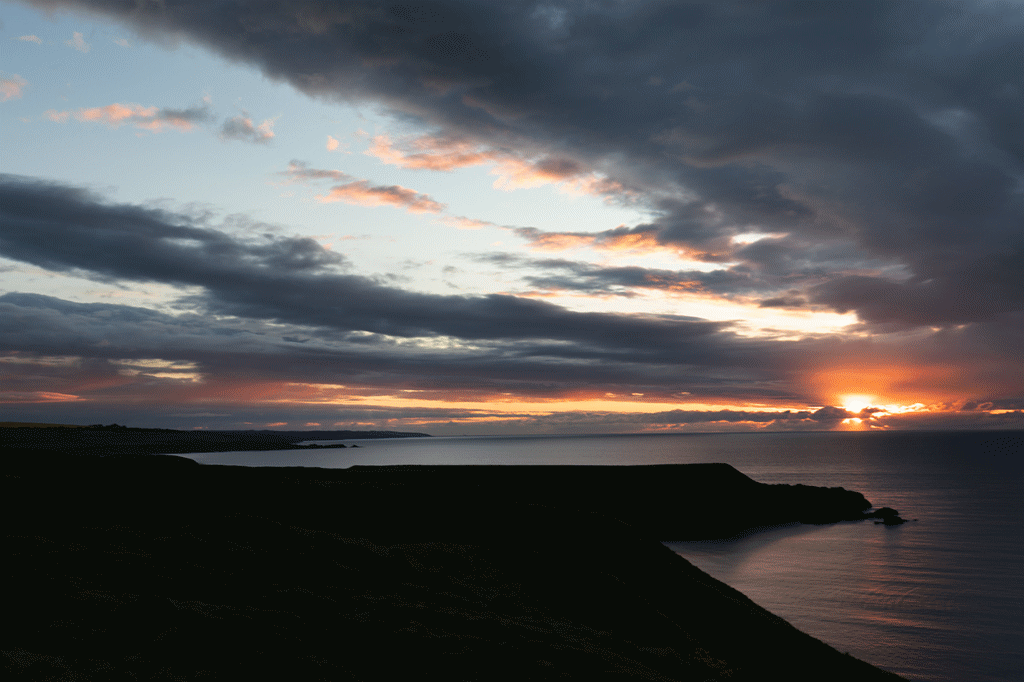
Finally post-processed in Adobe Creative Cloud
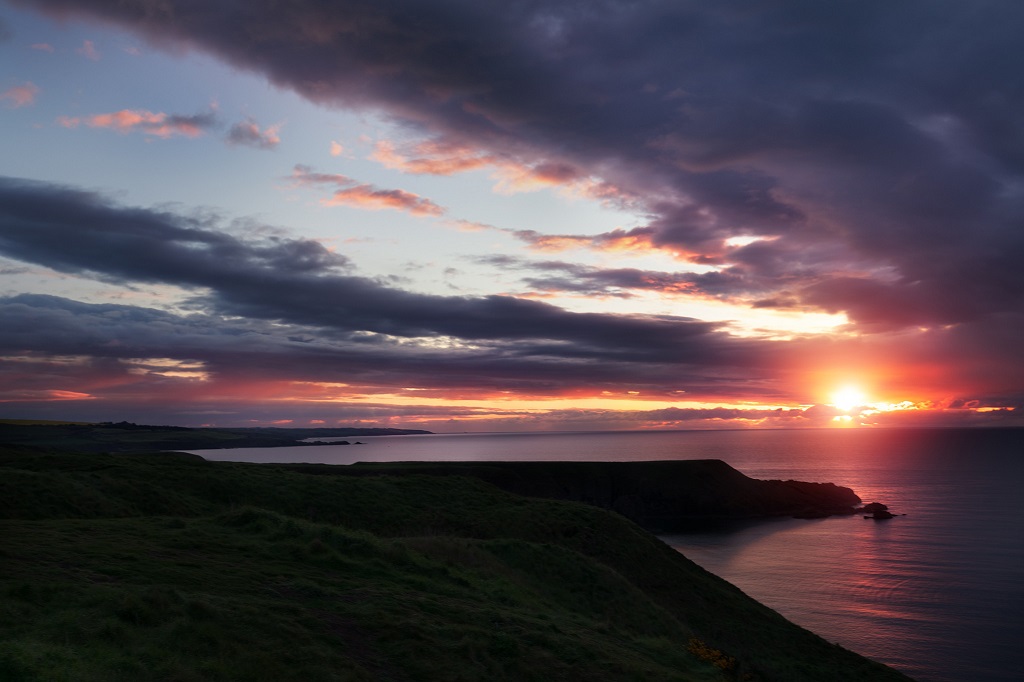
Sunrise over Stonehaven, Aberdeenshire, Scotland.
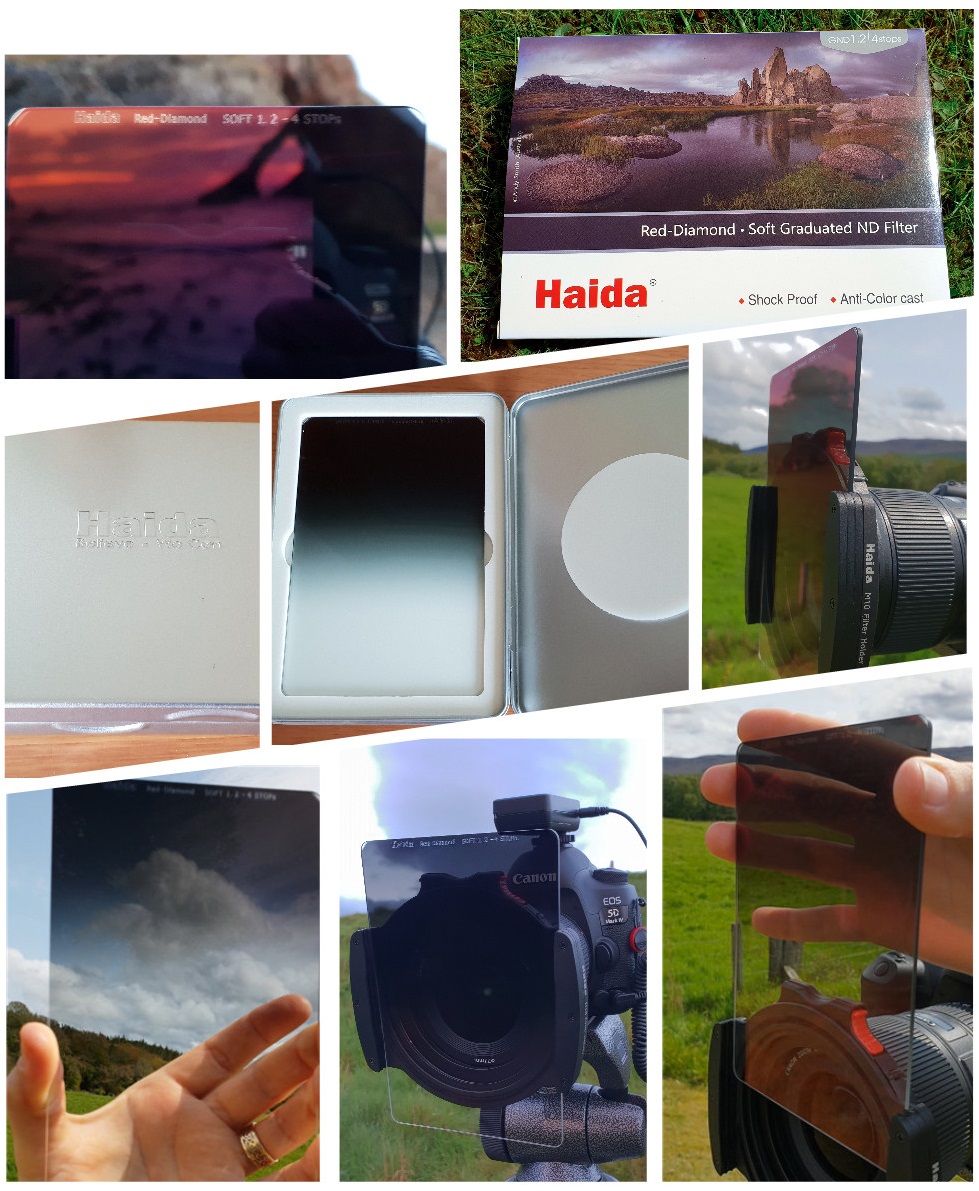
Haida Red-diamond soft GND 1.2
All Haida filters are assembled in their own optical workshop located in the beautiful Port City of Ningbo, China.
Conclusion
My overall conclusion is both filters are superiorly optically and I have absolutely no hesitation in recommending to anyone whether beginners or advanced and using for my own portfolio.
I hope this provides you some useful information. Please feel free to ask me any questions.
Original link:
Related News
